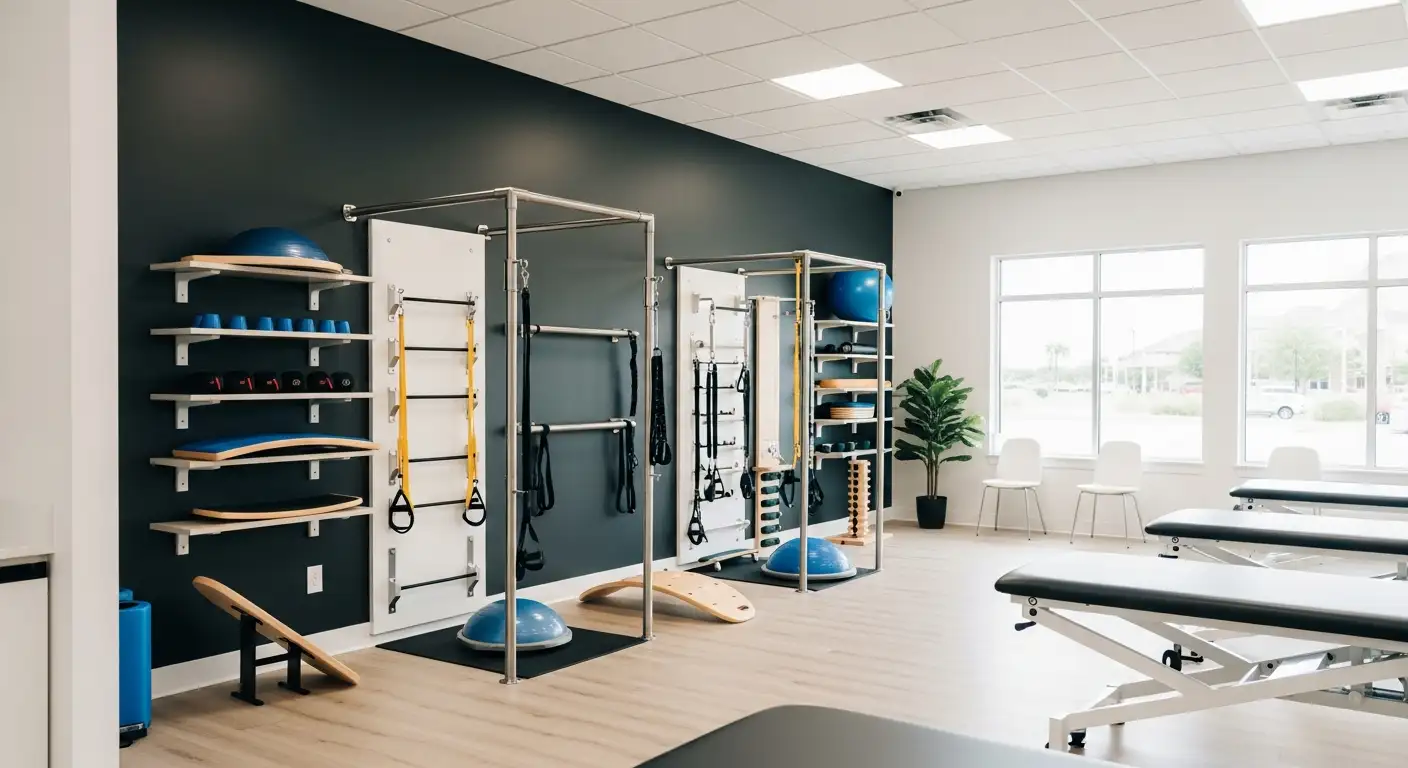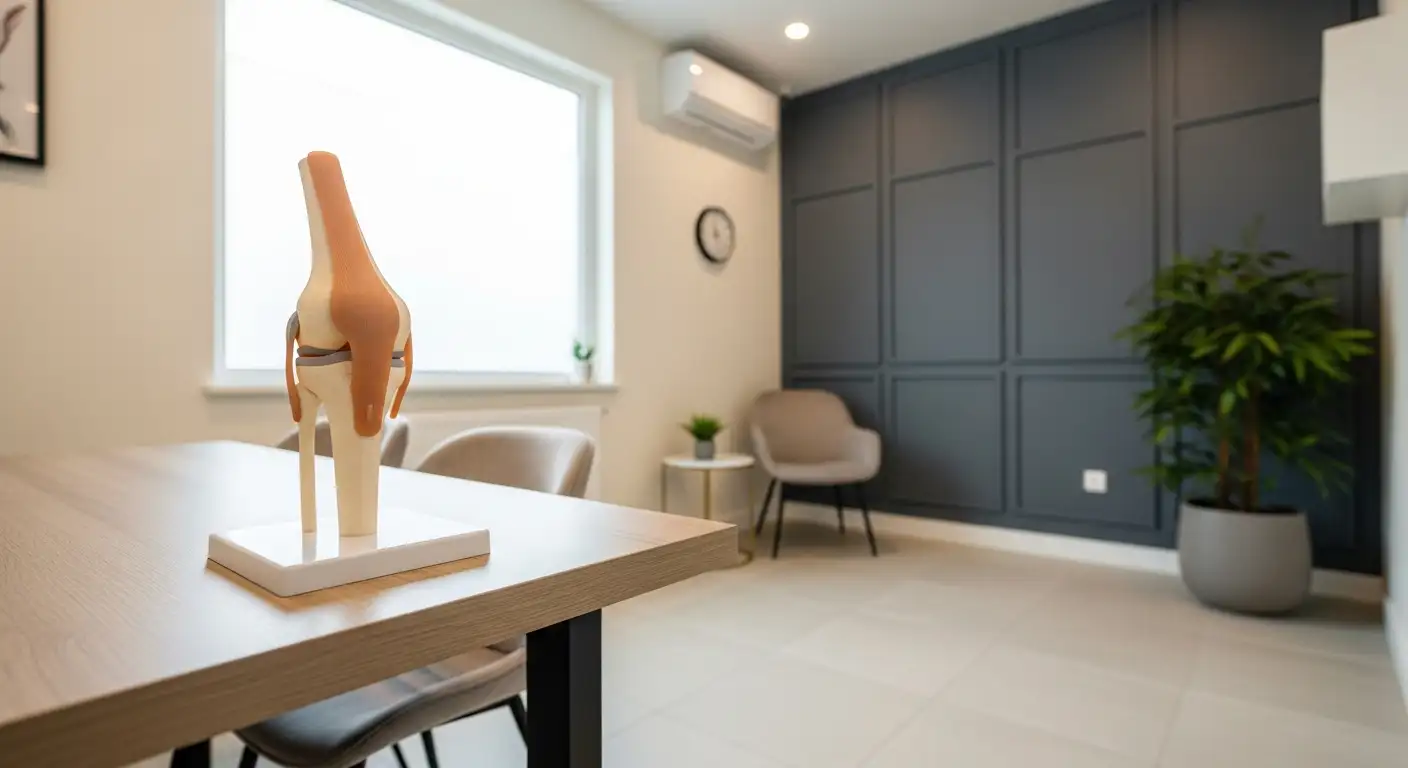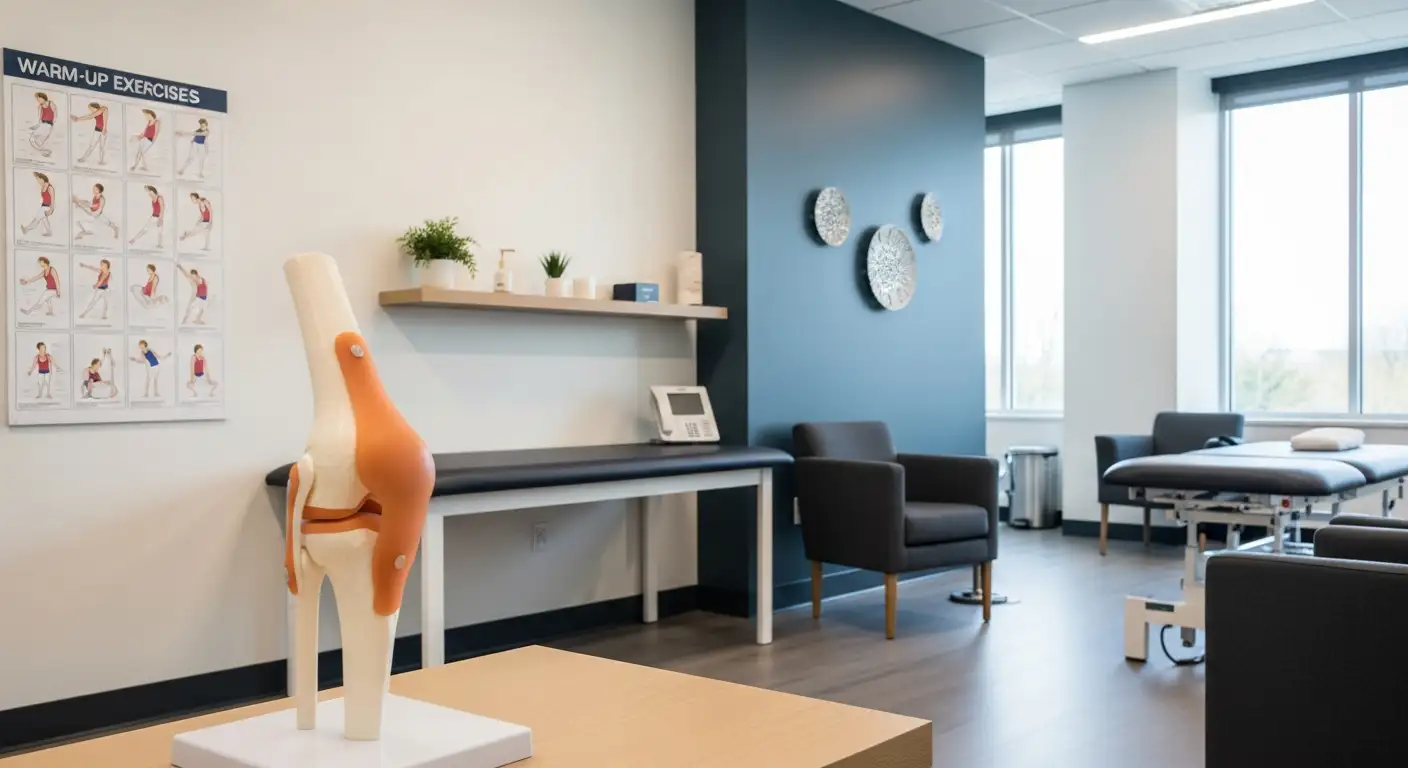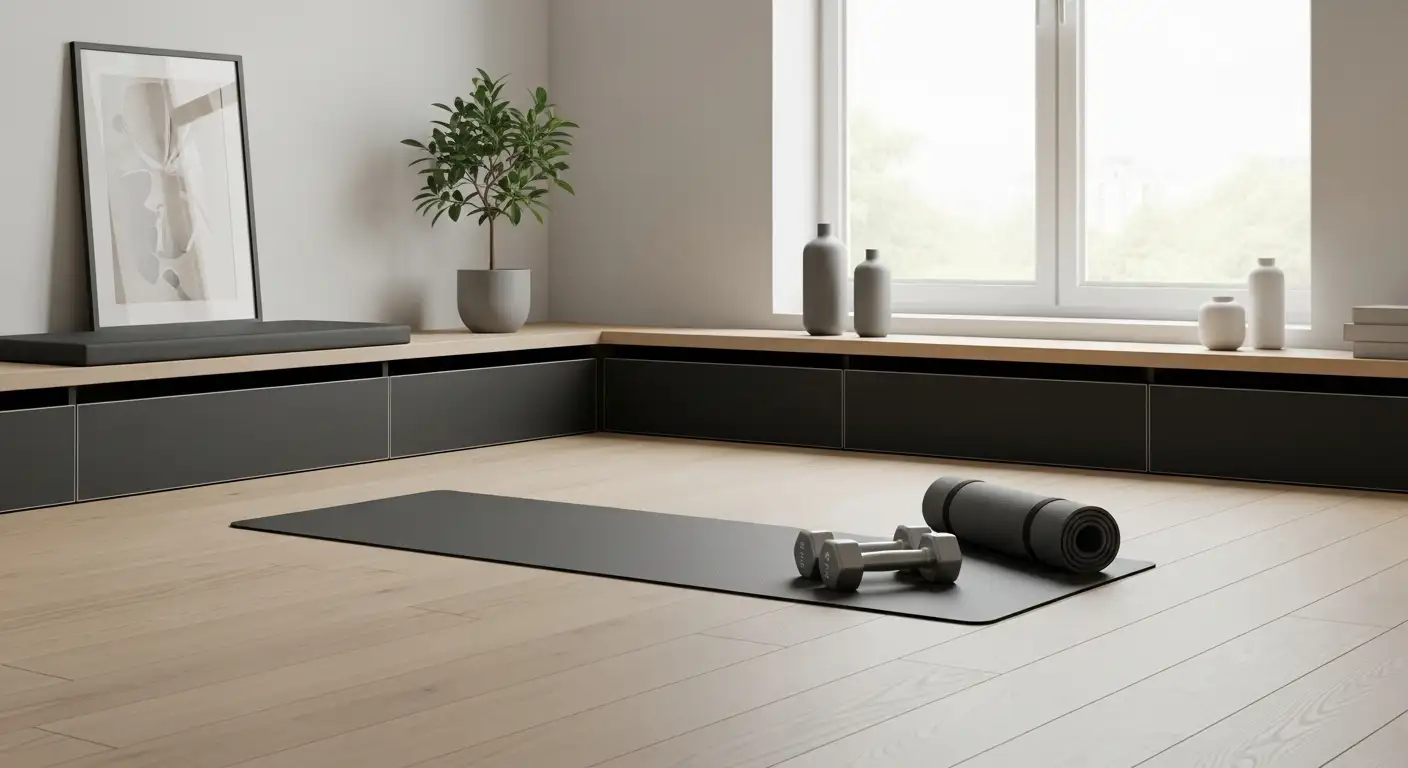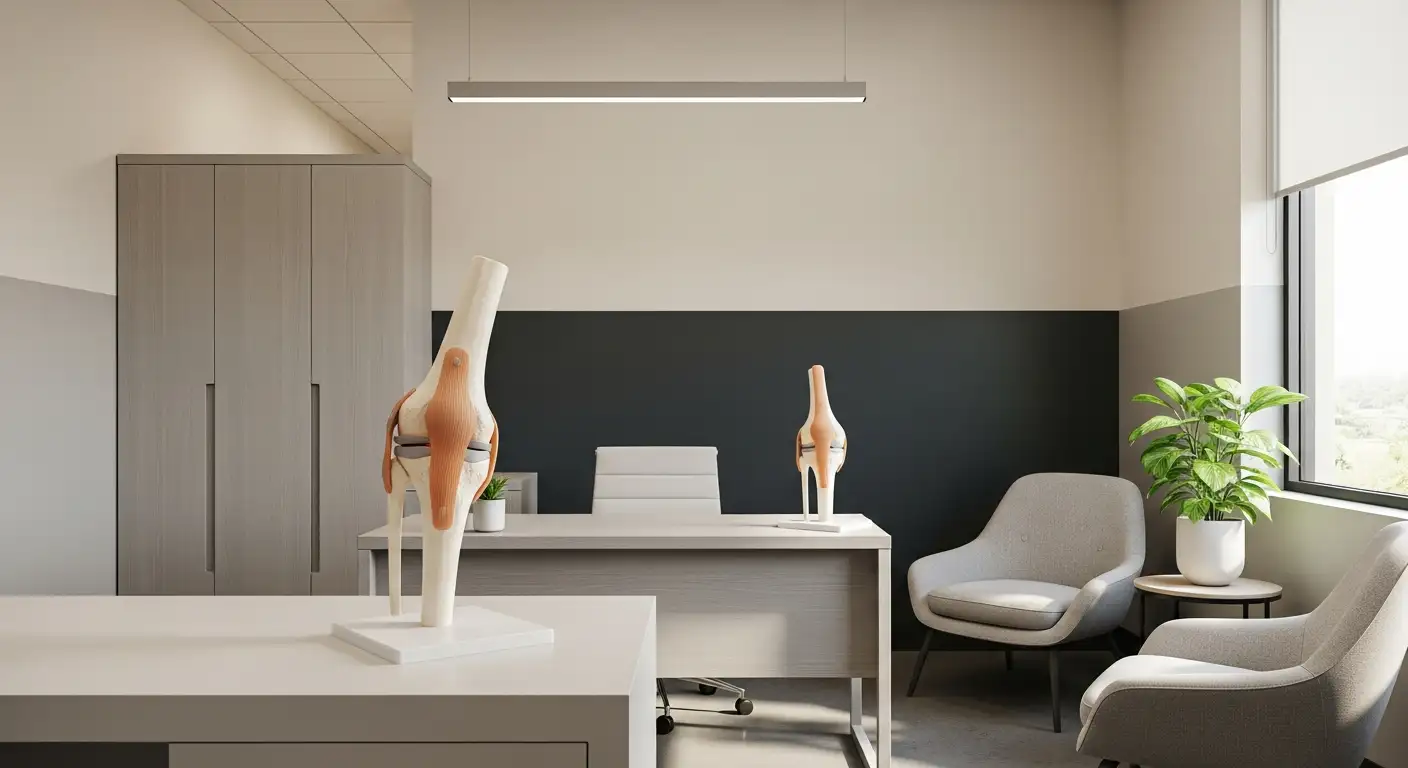Understanding Knee Clicking
Knee clicking is a common phenomenon that many individuals experience at some point in their lives. Understanding the underlying causes and associated symptoms can provide valuable insight into why one's knee might click.

Causes of Knee Clicking
There are several factors that contribute to knee clicking. These include:
Associated Symptoms
While knee clicking is often harmless, it can also be accompanied by other symptoms indicating a potential underlying issue. Commonly associated symptoms include:
SymptomDescriptionPainDiscomfort around the knee joint, particularly during movement.SwellingIncreased fluid in the knee area, often related to inflammation or injury.Restriction in Range of MotionDifficulty bending or straightening the knee fully.InstabilityA feeling that the knee may give way or buckle during activities.
Understanding these symptoms can help individuals determine whether their knee clicking is a benign occurrence or something that warrants medical attention. It is advisable to seek guidance if knee clicking is persistent and accompanied by pain or any other concerning symptoms.
Clicking Without Pain
Clicking noises in the knee can be a common occurrence and are not always a cause for concern. This section will explore normal knee clicking and the circumstances under which it might be advisable to seek medical attention.
Normal Knee Clicking
Normal knee clicking can often be explained by a phenomenon known as cavitation. This process occurs when tiny air bubbles collapse within the synovial fluid of the joint during movement. Such clicking is similar to the sound produced when individuals crack their knuckles. This was first studied in 1947, with a more recent study in 2015 confirming the mechanics behind these noises [1]. It is generally viewed as a harmless occurrence that can affect people of all ages.
Type of Knee ClickingDescriptionNormal ClickingCaused by cavitation; usually harmless.Sound During MovementMay accompany typical motions, especially when changing positions.
When to Seek Medical Advice
Clicking or popping in the knee is typically normal, especially when it occurs without any accompanying pain or swelling. However, attention should be given if any of the following symptoms become apparent:
If these symptoms occur, it is critical to consult a physician to prevent potential damage to the knee joint [3]. Early intervention can help address any underlying conditions and promote better joint health.
For more information on knee anatomy and function, visit our articles on medial knee anatomy or popliteus tendon.
Conditions Related to Knee Clicking
Understanding the conditions associated with knee clicking can help individuals determine whether their symptoms require further attention. Not all clicking in the knee is indicative of a serious problem, but certain conditions can indeed contribute to knee noise and discomfort.
Cavitation and Crepitus
Cavitation describes the phenomenon where a clicking or popping noise occurs in joints, including the knees. This noise results from tiny air bubbles (specifically nitrogen) collapsing within the synovial fluid present in the joints as movement occurs. This process is similar to that of cracking knuckles and was first studied by scientists in 1947. A more recent study in 2015 confirmed these findings through real-time medical imaging, providing insight into why individuals might experience this type of knee clicking.
Crepitus is another term used to describe the coarse or crackling sounds that can be heard during joint movement. While cavitation is normal, crepitus can be a sign of joint degeneration, especially if accompanied by other symptoms such as pain or swelling.
Meniscus Tears and Osteoarthritis
Meniscus tears and osteoarthritis are significant concerns linked to knee clicking. The meniscus is crucial for cushioning the knee joint, and tears can arise from sports injuries, age-related wear, or heavy lifting. These tears may lead to clicking and can cause symptoms such as swelling, stiffness, and a reduced range of motion. In fact, about 60% of patients with meniscus tears on MRI may not experience pain.
Osteoarthritis, a degenerative joint condition, can develop over time and is characterized by the wearing down of cartilage, leading to inflammation and clicking noises in the joint. As osteoarthritis progresses, individuals often experience increased pain and can notice a lack of mobility in the knee.
ConditionSymptomsKey PointsMeniscus TearsPopping sensation, swelling, stiffnessOccur during sports or age-related wearOsteoarthritisPain, swelling, limited range of motionDegenerative joint disease, common with age
If knee clicking is persistent and accompanied by significant pain or other concerning symptoms, seeking medical evaluation is advisable. Understanding the connection between these conditions and knee noises can guide individuals toward appropriate management and treatment options. For more elaborate insights on treatments, explore our diagnosis and treatment options.
Diagnosis and Treatment Options
Identifying the cause of knee clicking is essential for effective management. A variety of diagnostic tests can help determine the underlying issue.
Diagnostic Tests for Knee Clicking
When a person asks, "why does my knee click?", medical professionals may employ several diagnostic tests to gather information. Common tests include:
TestPurposePhysical ExaminationAssesses range of motion, swelling, and stability. A doctor may also perform the knee hyperextension test to evaluate knee stability.X-raysHelps visualize bone structure and detect degenerative changes indicative of osteoarthritis or other skeletal issues.MRI (Magnetic Resonance Imaging)Provides detailed images of soft tissues like ligaments, tendons, and cartilage. Useful for diagnosing meniscus tears and other soft tissue injuries.UltrasoundHelps in visualizing soft tissue conditions in real-time and can assess fluid accumulation around the knee joint.
These diagnostic tools assist in pinpointing the reason behind knee clicking, which could involve issues such as cavitation, meniscus tears, or osteoarthritis. Ligament injuries also contribute significantly to knee clicking (source: Plano Orthopedic & Sports Medicine Center).
Treatment Approaches
Once a diagnosis is established, treatment options can include a combination of conservative and surgical methods, depending on the severity of the condition:
Treatment MethodDescriptionRestReducing activity levels to allow the knee to heal.Physical TherapyStrengthening exercises and stretching to improve stability and reduce strain on the knee. In some cases, physical therapy effectively manages meniscus tears without surgery.Pain RelieversNon-steroidal anti-inflammatory drugs (NSAIDs) to manage pain and inflammation.Corticosteroid InjectionsInjections into the knee joint to reduce inflammation and pain.SurgeryIn rare cases of severe injury (like significant meniscus tears), surgical intervention may be necessary. Surgery should be weighed carefully against potential risks, including knee instability [2].
Many knee clicking conditions can be managed effectively with conservative treatments like rest and physical therapy. Understanding the specific cause is vital for the right approach to treatment. Additional factors like lifestyle modifications and routine strengthening exercises may also play a role in the management of knee health. For more information, consider exploring related topics such as medial knee anatomy or popliteus tendon.
Preventive Measures
Implementing preventive measures can help minimize knee clicking and reduce the risk of developing knee-related conditions. This section highlights the importance of strengthening and conditioning the muscles around the knee, as well as adopting lifestyle modifications.
Strengthening and Conditioning
Strengthening the muscles surrounding the knee can provide additional support and stability, potentially reducing knee clicking. Engaging in regular exercises that focus on the quadriceps, hamstrings, and calves is essential. A balanced routine may include:
ExerciseTarget MusclesSquatsQuadriceps, Hamstrings, GlutesLungesQuadriceps, Hamstrings, GlutesLeg PressQuadriceps, HamstringsCalf RaisesCalves
Incorporating these exercises into a regular fitness regimen can enhance overall knee health. It's advisable to focus on gradual increases in strength and endurance to prevent injuries. Additionally, consulting a fitness professional or physical therapist can provide personalized guidance tailored to individual needs.
Lifestyle Modifications
Making certain lifestyle changes can significantly reduce knee clicking and promote joint health. Here are some essential modifications to consider:
By focusing on strengthening exercises and adopting healthy lifestyle habits, individuals can take proactive steps to address knee clicking and enhance overall knee health. For further information on knee injuries and related conditions, explore topics such as quad tendonitis and locking knees.
Risk Factors and Future Outlook
Impact of Age and Gender
Age and gender play significant roles in the prevalence of knee clicking and the associated conditions, such as knee osteoarthritis. Research shows that about 13% of women and 10% of men aged 60 years and older have symptomatic knee osteoarthritis. This condition is expected to become more common as the population ages and obesity rates rise [4].
In terms of gender differences, studies indicate that female sex increases the risk of knee osteoarthritis by 1.84 times. Females typically have higher levels of adipose-derived systemic leptin compared to males, which may contribute to the observed disparity in the prevalence of osteoarthritis between genders.
FactorWomen (%)Men (%)Symptomatic Knee Osteoarthritis (Age 60+)1310Increased Osteoarthritis Risk (Due to Gender)1.84
Trends in Knee Osteoarthritis
The prevalence of knee osteoarthritis is likely to continue increasing due to several factors:
Understanding the implications of these risk factors is essential for addressing the question of why does my knee click. As the population ages and the prevalence of obesity continues to rise, proactive measures in managing joint health will be increasingly important.
References
[2]:
[3]:
[4]:
